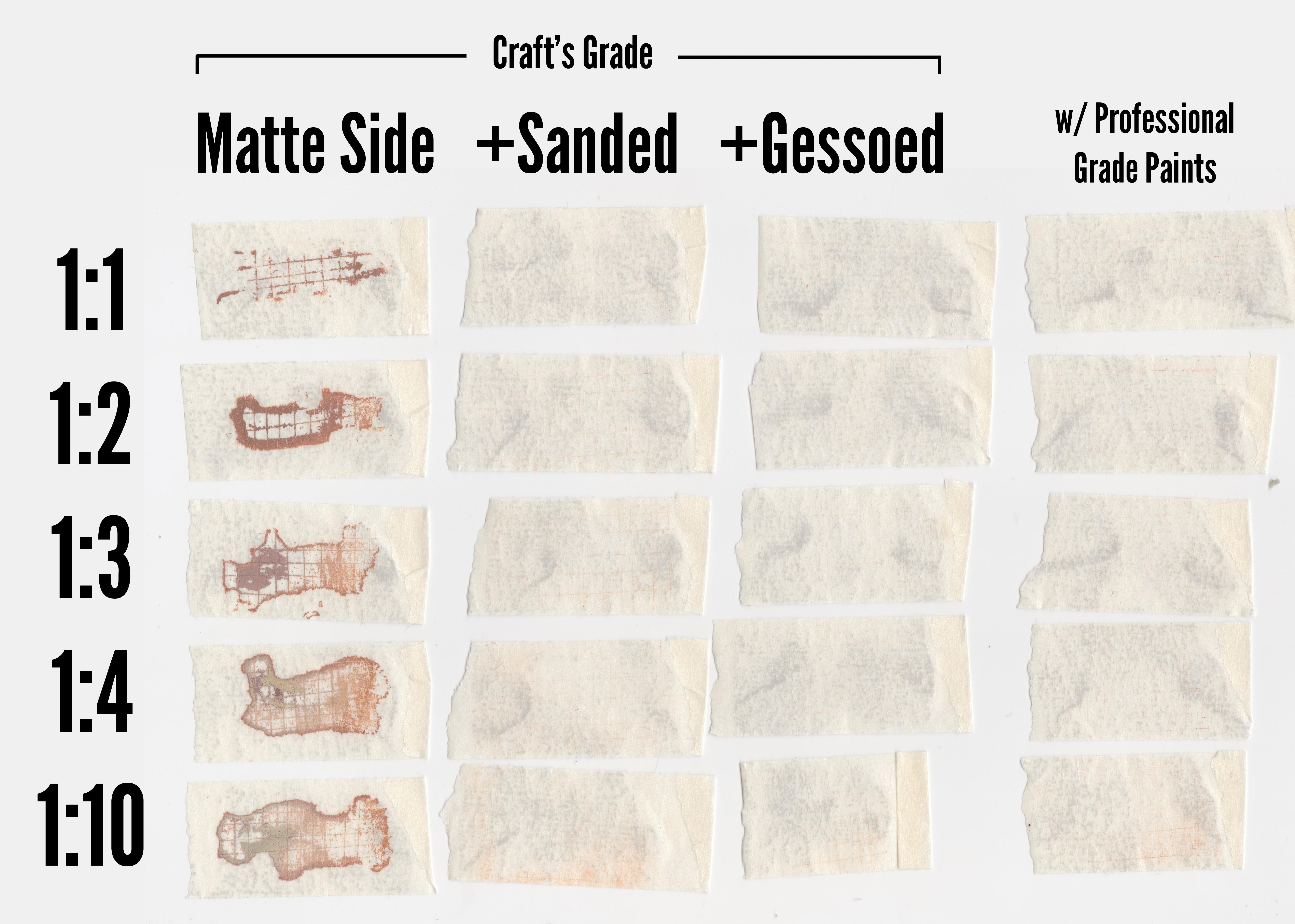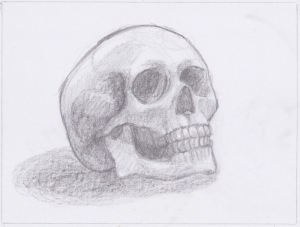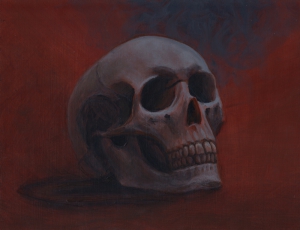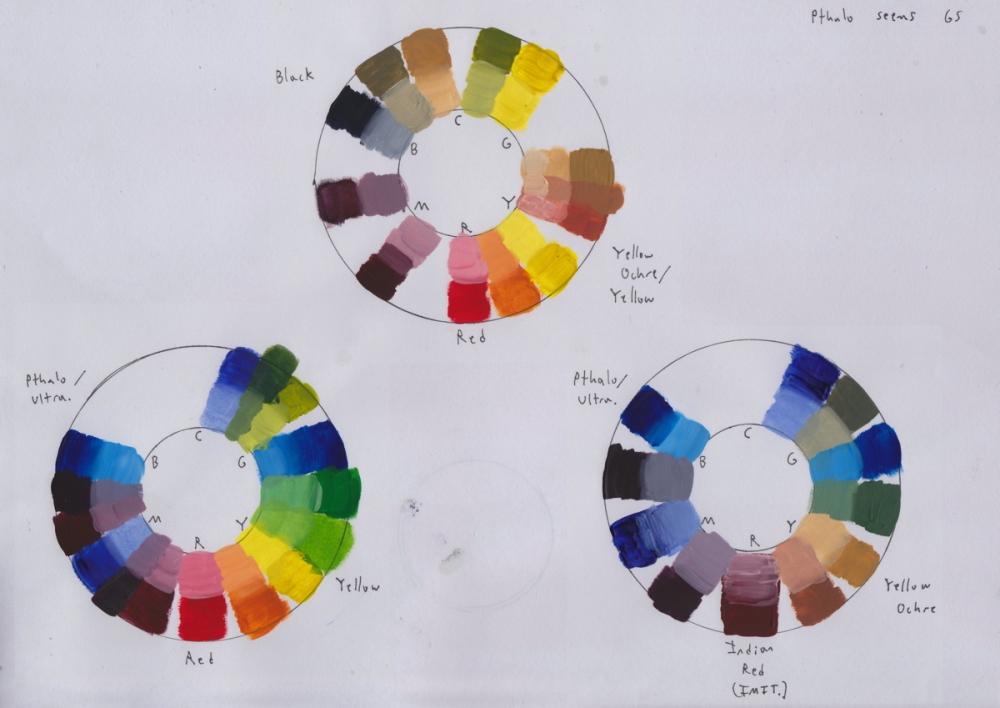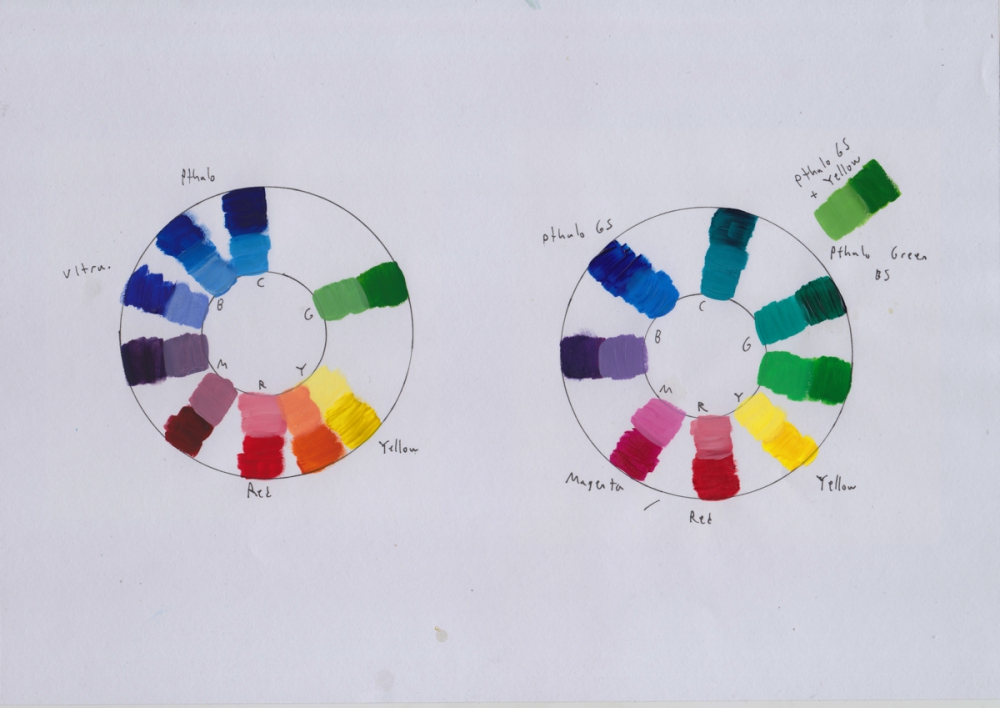The adhesion test video is in the next post.
This was the chart I kept for the drying tests. Temperatures were around 12 C for those days like I mentioned in the video. Probably around 20 C inside, maybe less (heater is off at night).
Regarding the "watercolors" I know I called them a watercolor substitute, but it's more like they've substituted watercolors for me specifically because they're slower drying, portable, and won't crack. But they're more like something between gouache and oils and yet they have a distinct sticky feel (like warm honey). They're more opaque then watercolors, but they stay wet longer, and yet they have that tendency to stay in that sticky watercolor stage on paper. My mix is about 1:1, more and they flow too much, less and they'd dry in the box because it's not airtight (if the box were airtight I could use less).
I also like them because I can paint at the consistency they're at without accidently over diluting them with water like I usually do watercolors. For example, for a sky, I'll outline the object, then I'll go back on the paper and spread the color around with a water-brush there.
One thing I forgot to mention is that you should use professional grade acrylics for them if you want them to keep their opacity. Additionally if you like gouache you can mix in a bit of titanium white with all your colors to make the even more opaque.
I will do a video with them in the future.

